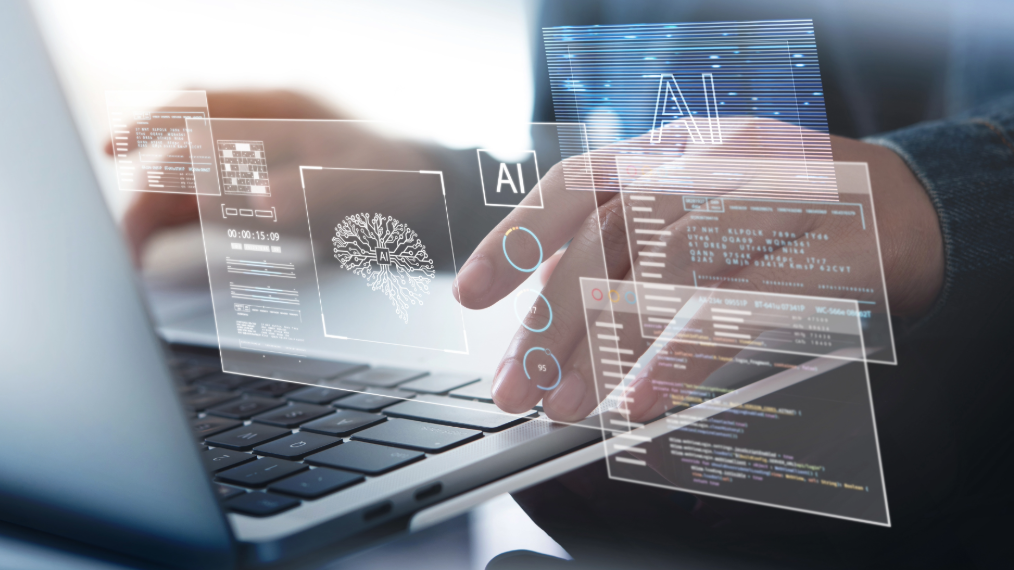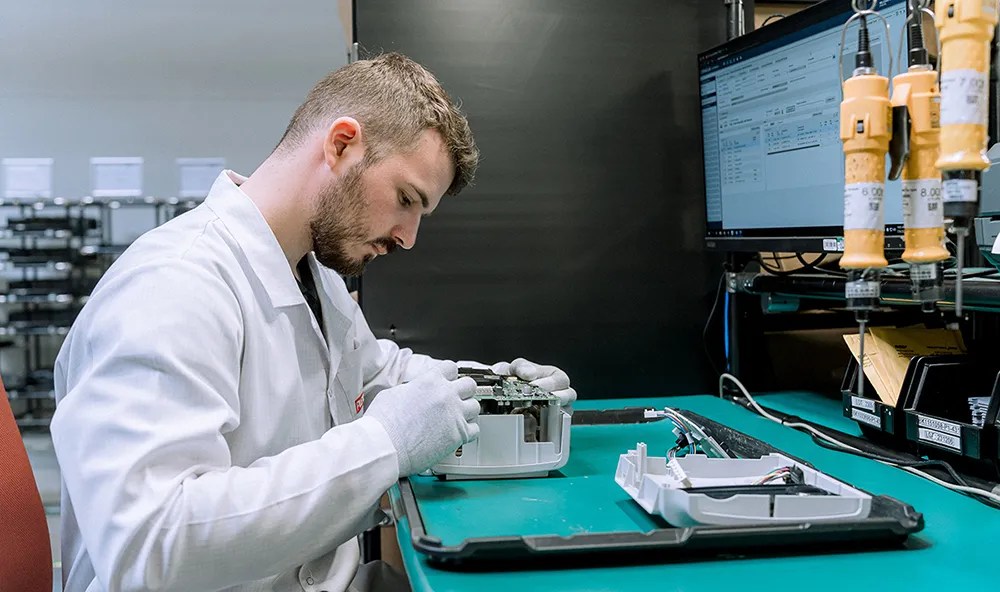AI Stuck in the Cloud? A Manufacturer’s Guide to Unlocking Edge ML for MedTech Innovation

In the highly regulated world of healthcare and life sciences, innovation isn’t just a goal, it’s a necessity. New machine learning (ML) models promise to transform diagnostic devices, patient monitoring and clinical decision-making. But there’s a catch: most traditional ML systems rely on the cloud and remote, high-powered servers for analysis. This approach can create profound limitations in a field where speed, security and portability are non-negotiable.
This is where Edge ML comes in. By processing data on a local device, at the “edge” of the network, you can unlock the full potential of ML. This shift is essential for accelerating time-to-market and ensuring your AI enabled medical devices are not only intelligent but also stable and reliable.

Where Edge ML Shines: Real-World Applications
Edge ML isn’t a futuristic concept; it’s a practical solution to some of the industry’s most pressing challenges. It’s the key to moving beyond reactive care and enabling continuous, proactive health management.
- Smarter Diagnostics: Imagine a portable ultrasound device that can analyze images in real time, or a handheld device that can instantly assess a skin lesion for potential melanoma. By performing the analysis on the device itself, you get immediate results, improving patient outcomes and streamlining workflows.
- Empowering Remote Patient Monitoring: For wearable devices used to monitor chronic diseases like heart failure or diabetes, every second counts. Edge ML allows these devices to analyze biometric data locally, detecting critical events and alerting healthcare providers instantly, without relying on a constant, stable internet connection.
- Real-Time Critical Care: In a hospital setting, patient monitors with Edge ML can continuously analyze a flood of data from multiple sensors. This enables real-time insights into patient status, helping clinicians make faster, more informed decisions in high-stakes environments.
The Hurdles to Overcome: Navigating the Complexities
While the promise of Edge ML is clear, its implementation is a complex undertaking. Executive leaders and R&D managers must navigate several formidable challenges to bring these products to market.
- Data & Generalization: Healthcare data is notoriously messy and diverse, coming from a plethora of sources like electronic health records (EHRs), biomarker levels, diagnostic imaging and wearable devices. Building an ML model that can generalize across this variety of data types, formats and resolutions is a significant challenge. This is particularly challenging when a patient’s historical data may reside across disparate EHR networks.
- Computational & Power Constraints: Edge devices are often small, battery-powered and have limited processing power. Deploying a complex ML model on such a device requires a masterful systems engineering approach that balances performance with power efficiency.
- Privacy & Regulatory Compliance: Patient data is some of the most sensitive data in the world. Edge ML offers a key advantage by keeping data local, but it still requires a meticulous, compliance-focused development process to meet the stringent requirements of FDA regulations, HIPAA, GDPR, EU Medical Device Regulation (MDR) and the EU AI Act.
- Clinical Trust & Reliability: For a device to be adopted, clinicians need to trust it. This requires more than just accuracy; it demands explainability. A “black-box” model is not enough. The ML model must provide clear, interpretable insights that clinicians can rely on for patient care.

The Future of Proactive Healthcare: Key Trends in Edge ML
The future of Edge ML in life sciences and healthcare is already transforming how data is leveraged for precision medicine, diagnostics and real-time monitoring. The pace of that transformation will only increase in the upcoming years.
A major driver of this change is federated learning, which allows edge devices to collaboratively train models without sharing sensitive raw data. This is especially promising in healthcare, where privacy regulations are stringent and patient data is highly sensitive.
Energy-efficient AI hardware will rise, enabling increasingly powerful models to run at the edge without compromising battery life; crucial for portable and remote care applications.
Seamless integration with 5G and beyond will facilitate faster, more reliable communication between edge devices and centralized systems, supporting hybrid edge-cloud architectures.
We’ll see a growing emphasis on explainable AI at the edge, ensuring that clinicians can interpret ML-driven insights in real time.
These trends collectively point toward a future where edge ML empowers more proactive, personalized and accessible healthcare, shifting the paradigm from reactive treatment to continuous care.
The landscape will continue to evolve and create new opportunities to explore. The challenges that will naturally arise are not insurmountable, but they will require a strategic partner with a deep understanding of both machine learning and the highly regulated medical landscape.
In Part 2 of this series, we will explore how a full solution partner can help you bridge this gap and turn challenges into a competitive advantage.
Contact Plexus
Contact Plexus to explore how a strategic partner with a deep understanding of machine learning and the highly regulated medical landscape can support your innovation.


